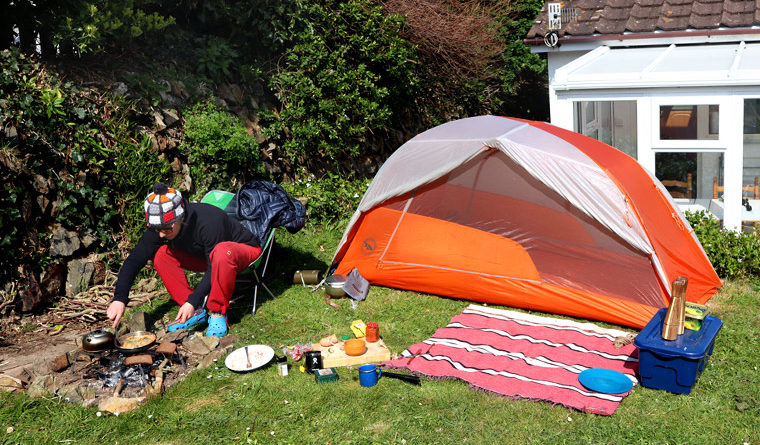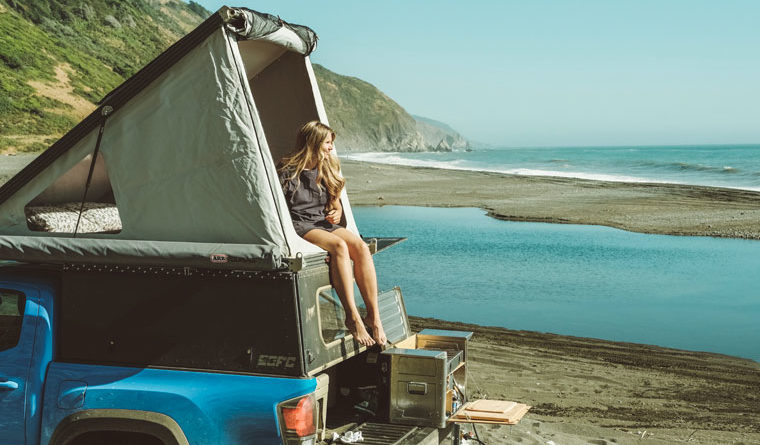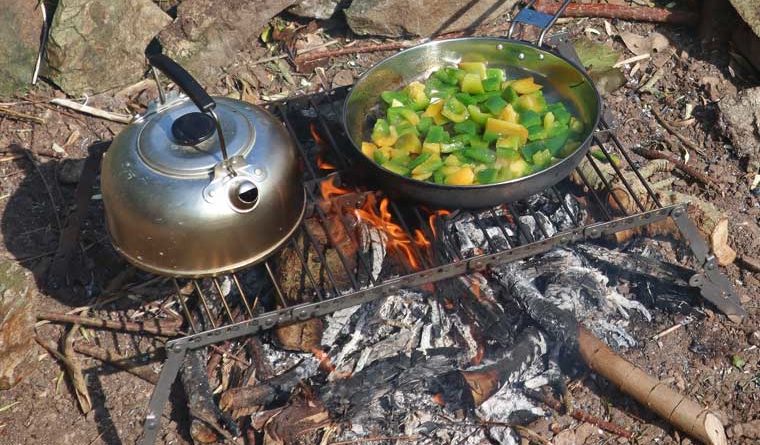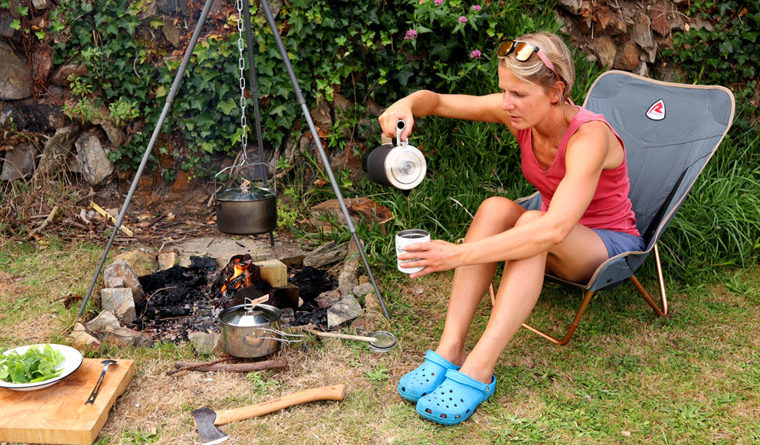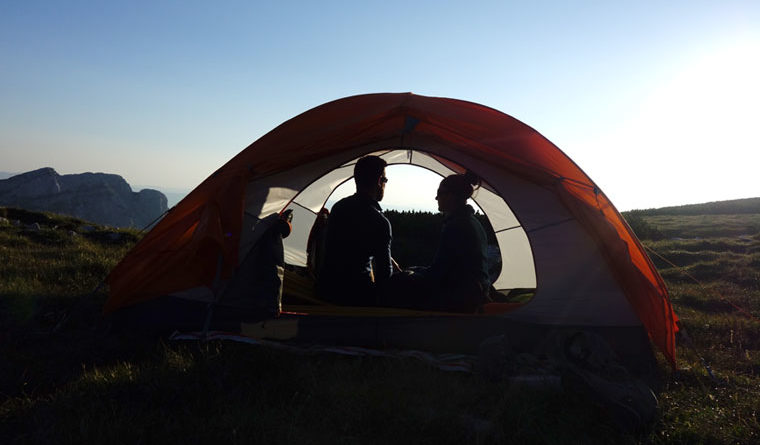How to Tenting at the Seashore: Seashore Tenting Basics
There is one thing about being by the ocean that ignites a brand new lease of life and a type of wild power inside me. Maybe it’s having grown up on a ‘small’ island, the place there a only a few really wild and uninhabited locations, that makes me really feel such an affinity for the seaside. The shoreline affords open house, unknown horizons and a sense of absolute freedom not like anyplace else. And the ever altering cycles of the tides, waves, sand formations, seashore streams and climate fronts, consistently rejuvenate that spark for all times at the seashore. So it’s no marvel that the lure of seashore tenting is as pleasurable and satisfying because it sounds.
Camping at the seashore is the final summer season getaway for households and for these after the freedom of seashore life and easy dwelling. There are a bucketload of campgrounds with oceanside pitches and seashore views, however nothing actually compares to waking up with solely sand and sea between you and the horizon. Unfortunately, seashore tenting outdoors of designated campsites is illegitimate in most locations, making it a bit difficult to flip your dream seashore trip right into a actuality.
Wild seashore tenting
However, wild seashore tenting shouldn’t be completely out of the query; a bit little bit of planning and analysis, good apply and discretion, can open up desert island-like locations that Crusoe himself would OMG over. I spent per week sleeping on abandoned seashores in Greece with no issues at all. So for those who’re itching to get the unspoilt sands of the wild seaside caught effectively between your toes, take a learn of some issues to take into account earlier than you head out:
1) Access and permissions
An enormous difficulty with wild tenting basically, is that the majority land is owned by somebody and except you might have permission to camp there, you might be breaking the regulation. If you might have a great spot in thoughts, then contact the native authority or state park to discover out what the deal is. It could also be OK to camp there, or they could level you in the proper course to discover out extra.
2) Tips for discrete seashore tenting
If you select not to go down the route of gaining permission to camp, it’s vital that you simply get as far-off from the overwhelmed monitor as doable. Going stealth, not solely heightens the sense of journey, but additionally lowers your probabilities of being requested to transfer on; and even worse, having to share your little piece of paradise with different folks! For those that dare, these high ideas for being a discrete camper would possibly assist:
Do’s:
Consider not pitching a tent – sleep out underneath the stars as an alternative.
If you do pitch a tent, ensure it’s as far-off from fluorescent as doable. Go for a delicate darkish inexperienced or brown.
Pack gentle – all of your stuff ought to slot in one backpack. For some concepts of backpacking necessities, have a look at our light-weight tenting guidelines.
Make positive you’ll be able to’t see any homes, campsites or roads out of your chosen spot.
Check out your spot throughout sunlight hours and for those who’re involved about being ‘noticed’ then come again to it after darkish.
Don’ts:
Don’t camp in the center of the seashore – tuck your self subsequent to the rocks or on the fringe of the sand close to the tree line.
Don’t gentle a hearth except you’re assured that no-one might be in a position to see it (or it’s glow).
Don’t outstay your welcome – pack up your stuff in the morning in order that if anybody does come across your sandy setup, it’ll seem as if you’re simply hanging out having fun with the dawn.
Don’t convey a great deal of buddies! Keep your group small in order to hold the noise down and affect on the seashore at a minimal.
3) Leave no hint
As with any tenting journey, leaving no hint of your go to is important. Aside from the environmental advantages, it additionally ensures that the spot might be loved by others in the future. So to make your footprints in the sand as gentle as doable, do the following:
Take a trowel to bury your poop, and be sure to do what you are promoting at least 100ft away from any water supply.
Take all of your garbage with you.
Avoid tenting in sand dunes that aren’t on official tracks – the pure shelter they provide could also be interesting, however their fragile ecosystems present habitats for an amazing number of wildlife.
Use biodegradable cleaning soap/washing up liquid.
If you might have a hearth then bury the ashes and keep away from leaving sooty burn marks on the rocks.
4) Setting up your camp
To make your seaside keep as dreamlike as doable, there are a extra few particulars to take into account when organising your camp:
Make positive you’re effectively above the excessive tide stage. Check the native tide charts if you’re not sure, however it’s normally simple to see indicators of the tides on the seashore – collected driftwood, seaweed or particles point out the water ranges of the final storm, but when doubtful, go additional inland.
The wind course can actually have an effect on your consolation ranges, so discover a sheltered spot the place the wind hits the again of your tent, if at all.
If you’re pitching a tent, strive utilizing storm stakes that maintain higher in the sand. Otherwise, you’ll be able to connect your man strains to rocks or timber to safe your tent.
If you’re tenting with no tent, take into account taking a tarp for a fast makeshift shelter if the climate appears to be like prefer it would possibly flip. A tarp can even present some safety from the morning solar if you’re tenting in a sizzling spot.
If there are bugs about, then arrange a mosquito internet with sticks and stakes, or fasten it underneath your tarp.
Make positive you’re on a groundsheet of some form. I as soon as had a really impolite awakening from crabs arising out of the sand beneath my sleeping bag! A groundsheet will make this powerful going for the little sideways walkers, forcing them to retreat and are available up elsewhere.
If doable, find a water supply and be sure to convey means to purify the water.
5) Campfire cooking
One of the highlights of seashore tenting is having the ability to completely chill out underneath the hypnotic spell of the dancing campfire flames. The crackle of the hearth and tranquil lapping of the ocean present an ideal backing monitor to the distant cries of seagulls. Ah, so idyllic! So don’t spoil it with a second fee meal or a feeble hearth. You’ll want some good embers to have the ability to cook dinner in your hearth, so set it up correctly and also you’ll quickly be dishing up a first-class feast:
Dig a gap in the sand on your hearth to present a very good windbreak, and for those who want to put it out shortly you’ll be able to simply fold sand over it (after which douse in seawater to ensure it’s completely out).
Have a lot of wooden at the prepared to feed the hearth, with some fats logs to final the night.
Once you’ve obtained some good embers, you may get cooking. Take a glance at this foil-wrapped fish recipe for a thematic maritime meal.
However you select to get your repair of ocean life, be sure to do it with minimal affect to the seashore and different customers of the space. Leave no hint and be respectful, and most of all, get pleasure from your little nook of tranquility and go get misplaced in paradise.



